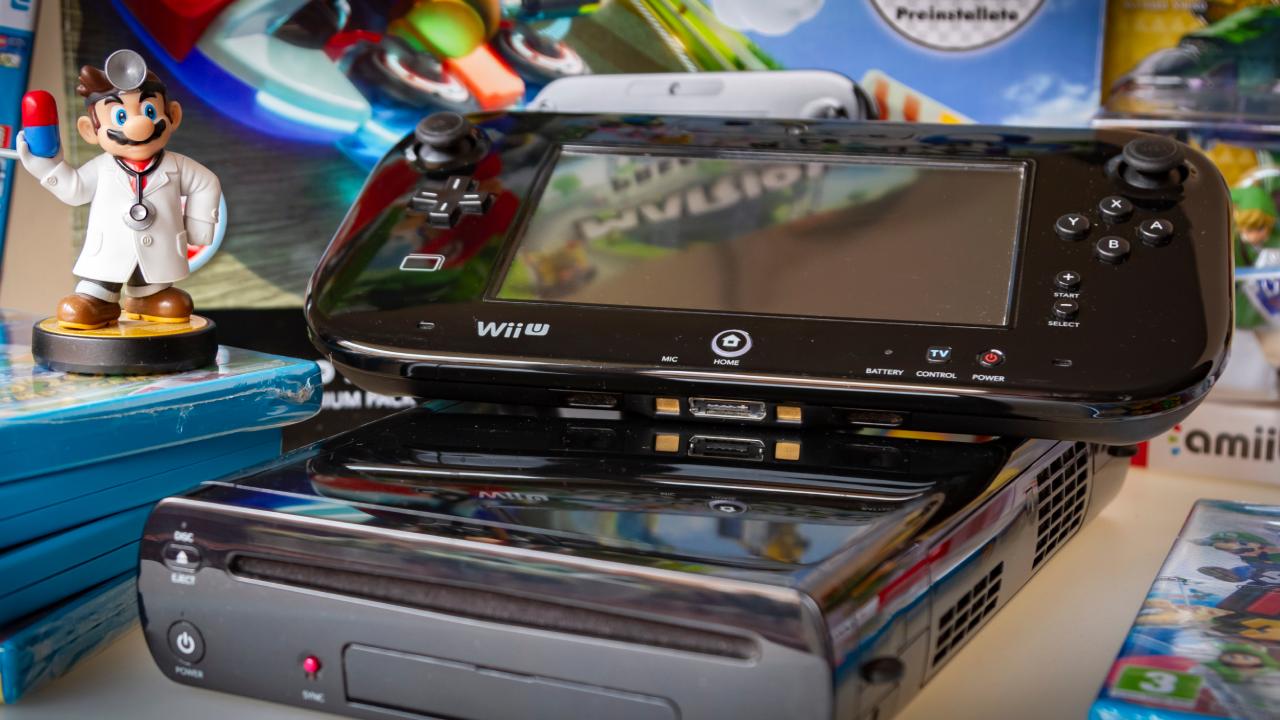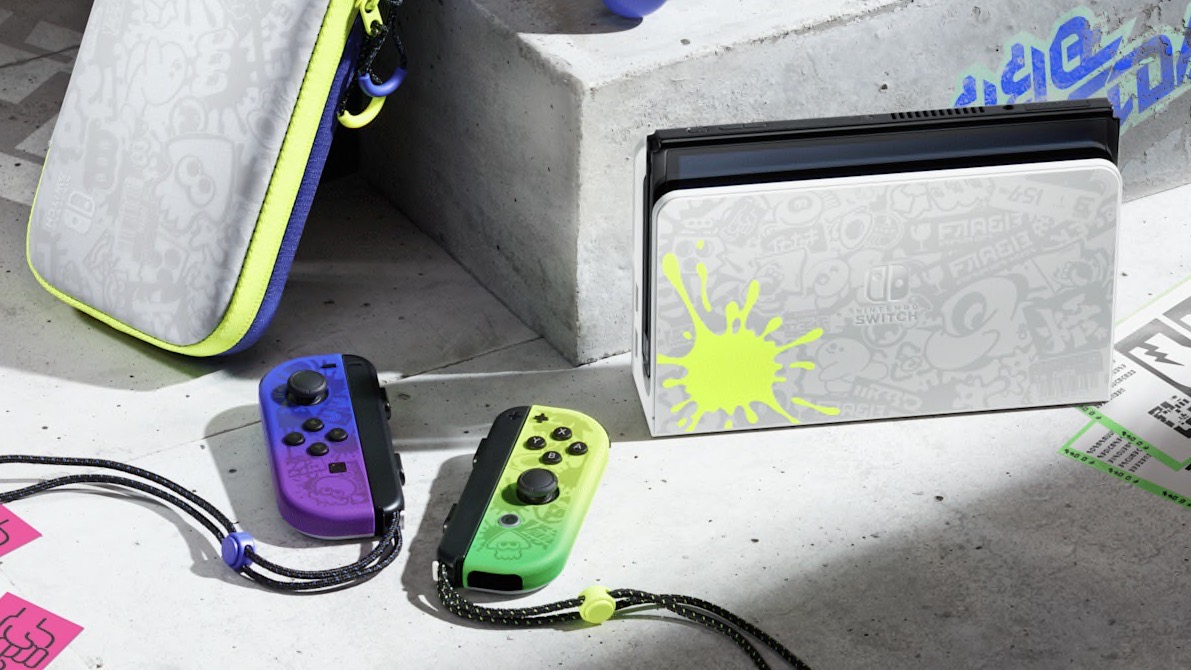When the Nintendo Switch hit shelves in 2017, its hybrid nature and portability felt revolutionary in a world of predominantly home consoles. While this novelty outshone the console’s performance issues at launch, its problems are now harder to ignore.
When it comes to performance, the system undeniably falls short in today’s digital world, especially compared to current-gen consoles, which are capable of running at 120 fps, while the Nintendo Switch occasionally struggles to maintain 30 fps.
As the years have passed, it’s hard to deny that the underpowered specs of the Nintendo Switch have caused the console to lose some of its charm. While it’s still the leading portable console, many gamers will turn to alternatives such as the Xbox Series X and PS5 for their homebound gaming fill.
But with the Switch now five years old, it’s not simply an upgraded Nintendo Switch we should be asking for to rejuvenate Nintendo’s hardware offering but the next iteration of the console: the Nintendo Switch 2.
The pattern of the past

Following the timeline of Nintendo consoles, a five-year gap is roughly the average lifespan between releases, which is a reason to look forward to the future as the Nintendo Switch ages. The Nintendo Wii, for example, was released in 2006 and was also seen as revolutionary due to its introduction of motion controls. However, its successor, the Wii U, was still released in 2012, followed by the Nintendo Switch in 2017.
This pattern of five to six years between Nintendo console releases isn’t new either. If you look back to the launch of the NES in 1985, the SNES followed only six years later. So even if the next Nintendo Switch isn’t imminent, going off the pattern, the launch of a new Nintendo console should be on the horizon.
Of course, the Nintendo Switch OLED was designed to outshine its predecessor and offer something of a little more substance from a visual standpoint. But, the truth is, the time spent working on the OLED variant should’ve been poured into the next major step in Nintendo’s hybrid console – beefing up the processor instead of prettying up the display.
The OLED was supposed to offer an upgrade on the standard Nintendo Switch and Nintendo Switch Lite, but besides a brighter display, stronger stand, and some marginally improved speakers, there’s no difference in gaming performance. In reality, the Nintendo Switch OLED isn’t the Nintendo Switch Pro we were hoping for. There’s nothing pro about the console whatsoever.
A much-needed Switch

The disappointment with the OLED’s launch means it’s not just time for an upgrade; it’s time for the next step in the Nintendo console timeline. But for the launch of the follow-up from the Nintendo Switch to be successful, some pretty drastic changes would need to be made, with the main emphasis being on performance. If the next Nintendo release wants to succeed, it needs to be capable of meeting the expectations of next-gen gamers without losing any of its portable charm.
If the next Nintendo release wants to succeed, it needs to be capable of meeting the expectations of next-gen gamers without losing any of its portable charm.
But with greater power comes greater bulk. So while a Nintendo Switch 2 would be a severely well-needed step forward in handheld gaming, some aspects of the Nintendo Switch would likely need to be sacrificed. The slim appearance of the Switch would likely bulk out to host the necessary hardware, and an upgraded battery would add some additional weight, but given how desperate we are, any changes would be warmly embraced.
The Nintendo Switch currently hosts a custom Tegra X1 CPU which runs at 1020MHz, which frankly isn’t good enough to compete with today’s gaming landscape. The PS5 caps at 3.5GHz, and the Xbox Series X offers a hearty 3.8GHz, essentially leaving the Nintendo Switch in the dust. Its processor is nowhere near strong enough to maintain consistent performance between games, and, bless its cotton socks for trying, it isn’t a sustainable competition to remain valiant in. Essentially, the Nintendo Switch’s current processor equates to a five-year-old android tablet rather than a top-of-the-range gaming console.
Since the PS5, Xbox Series X, and Steam Deck all use AMD RDNA 2 microarchitecture, it would make sense for the Nintendo Switch’s successor to follow in hot pursuit. Especially if trying to compete for a spot in today’s digital climate. But Nintendo is persistent when it comes to doing things its own way, so we can more than likely expect the next console to use another Nvidia-developed chipset, but hopefully one with slightly more kick than the current one.
Wishful thinking would speculate the next Nintendo release could use AMD RDNA 3 architecture, especially as the recent launch means the product is capable of things we are yet to experience, but any upgrade from the current APU would be welcomed. Since the Steam Deck successfully uses RDNA 2 microarchitecture for its graphics chip and essentially follows the same form factor as the Nintendo Switch, it shows that potential upgrades are far from impossible.
The console’s clock is ticking

The future of the Nintendo Switch successor could be bright, given the necessary upgrades are made. With the number of highly-anticipated titles launching in the next year, such as Pikmin 4 and The Legend of Zelda: Tears of the Kingdom, it would make sense for a new console to coincide with those releases. After all, console-generation games are another pattern Nintendo rarely strays from. We saw it with The Legend of Zelda: Twilight Princess, which was released with the Wii over 15 years ago, and Breath of the Wild being ready to go alongside the Switch over five years prior.
However, if we are stuck with the standard console for the next few years, the lifespan of the Nintendo Switch may end sooner than expected. The hardware is rapidly becoming outdated for the scale of Nintendo’s exclusive projects. Take Bayonetta 3, for example, the title had the opportunity to become an essential Switch game, but due to having a 30fps performance, a lot of enjoyment was lost in waiting for the game to catch up. If the future of Nintendo titles maintains this characteristic, then there may not be much of a future for Nintendo titles at all.





